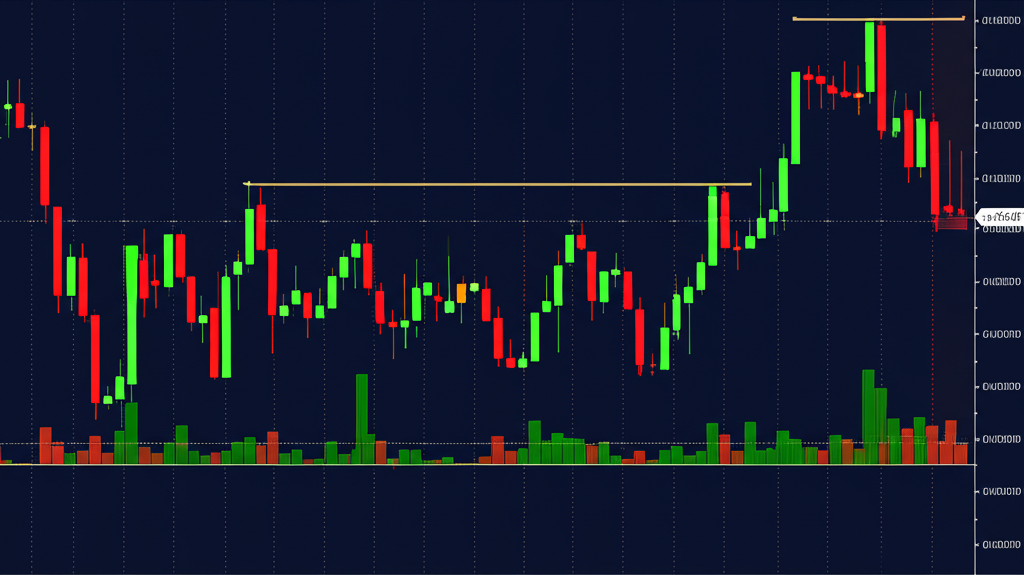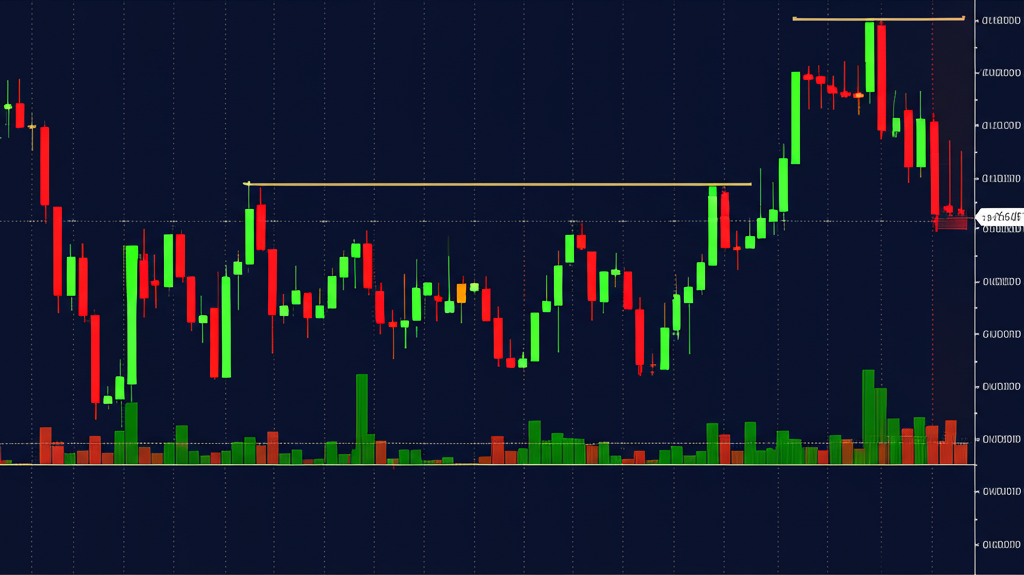Can You Open Multiple Forex Accounts in Taiwan as a US Citizen in 2025?
If you’re a US citizen or resident currently based in Taiwan, navigating the world of foreign exchange trading can bring up a pressing question: is it possible—and legal—to open more than one forex trading account? The answer isn’t just a cautious “yes”—it’s a confident one. In fact, maintaining multiple forex accounts is increasingly becoming a standard tactic among experienced traders for maximizing flexibility, minimizing risk, and testing new methods without disrupting core portfolios.
What’s crucial to understand is that these accounts aren’t opened with local Taiwanese banks like E.Sun or Cathay United. Instead, they’re established through globally regulated online brokers that accept clients from both the United States and Taiwan. These platforms are built specifically for active currency speculation and offer advanced tools, leverage, and execution models that traditional banks simply don’t provide. This guide will clarify how the system works, why it matters, and how you can set up a strategic multi-account structure in 2025 with minimal friction.

The Critical Difference: Forex Trading Accounts vs. Multi-Currency Bank Accounts
One of the most common sources of confusion—especially among expats in Taiwan—is the mix-up between a forex trading account and a multi-currency bank account. While both involve foreign currencies, their purposes, functions, and risk profiles are worlds apart.
Many online resources incorrectly direct users to banking solutions when what they’re really seeking is a way to trade currencies actively. This misalignment leads to frustration and missed opportunities. Let’s clear the air once and for all:
- Forex Trading Account: Operated through an online broker, this type of account is designed for speculative trading of currency pairs such as EUR/USD or AUD/JPY. Traders use leverage to amplify exposure, enabling larger positions with smaller capital. These accounts support advanced order types, real-time charting, algorithmic trading (like EAs), and are optimized for frequent buying and selling based on market movements.
- Multi-Currency Bank Account: Offered by institutions like HSBC, DBS, or local banks in Taiwan, this is a transactional tool. It allows you to hold balances in different currencies, transfer funds internationally, or avoid conversion fees when traveling. However, it does not support leveraged trading, technical analysis, or automated strategies—it’s a storage and transfer mechanism, not a trading engine.
This article focuses exclusively on the first category: forex trading accounts for active market participation. Understanding this distinction is essential before diving into the strategic advantages of running multiple trading accounts.
Strategic Benefits: Why Top US Traders Use Multiple Forex Accounts
Running several forex accounts isn’t about overcomplicating your workflow—it’s about precision, control, and long-term sustainability. Professional traders don’t juggle multiple accounts to appear sophisticated; they do it because it enhances performance and protects capital. According to the Bank for International Settlements, daily forex market turnover hit $7.5 trillion in 2022, a figure that continues to grow. In such a dynamic environment, disciplined account management isn’t optional—it’s essential.
Here’s why maintaining multiple forex accounts makes strategic sense:
- Strategy Segregation: Imagine testing a high-speed scalping strategy while also managing a longer-term position trade. Running both from the same account creates emotional interference and performance overlap. By separating them—say, one account for MT4-based automated trading and another for manual swing trades—you keep each strategy pure, measurable, and independent.
- Risk Isolation: Want to try a bold new idea? Open a micro account with $500 instead of risking your main portfolio. If the strategy fails, the damage is contained. This quarantine approach lets you innovate safely, a practice widely used by hedge funds and proprietary trading desks.
- Platform & Broker Testing: Execution quality varies across platforms and brokers. By opening accounts with different providers—or even multiple accounts within the same broker—you can compare slippage, spread consistency, and order fill speed in live conditions. This real-world testing is invaluable when optimizing for high-frequency strategies.
- Base Currency Diversification: Most US traders default to USD-denominated accounts. But holding capital in EUR, JPY, or GBP accounts introduces a subtle yet powerful hedge. If the dollar weakens globally, your non-USD accounts may gain value when converted back, helping offset losses elsewhere in your portfolio.

Top 3 Forex Brokers for Multiple Accounts in Taiwan (US-Friendly, 2025 Review)
Selecting the right broker is foundational to a successful multi-account strategy. You need a platform that supports seamless account creation, offers strong regulatory oversight, and caters to traders from both the US and Taiwan. The following three brokers stand out in 2025 for their reliability, flexibility, and advanced account management features.
| Broker | Min. Deposit | Max. Leverage | Account Types | US Client Friendly |
|---|---|---|---|---|
| Moneta Markets | $50 | 1:1000 | ECN, STP, True ECN | Yes |
| [Competitor Broker A] | $100 | 1:500 | Standard, Pro, Raw | Yes |
| [Competitor Broker B] | $200 | 1:400 | Standard, Razor | Yes |
1. Moneta Markets – Best Overall for Account Flexibility and Tools
When it comes to managing multiple forex accounts efficiently, Moneta Markets leads the pack in 2025. Their intuitive client portal allows traders to create multiple sub-accounts under a single master login with just a few clicks—no re-verification or additional paperwork required. This streamlined process is ideal for traders who want to deploy new strategies quickly without bureaucratic delays.
What sets Moneta Markets apart is the variety of account types available: ECN, STP, and True ECN options let you match each trading style with the optimal execution model. For example, run a tight-spread scalping strategy on a True ECN account while using an STP account for longer-term trades where execution speed is less critical. The platform also integrates powerful analytical tools and risk management dashboards, giving you a consolidated view of all accounts while keeping strategies cleanly separated.
2. [Competitor Broker A] – Top Choice for Platform Variety
Different trading styles demand different environments. [Competitor Broker A] excels in this area by offering full access to both MetaTrader 4 and MetaTrader 5, plus their own proprietary trading interface. This diversity makes it easy to run parallel accounts—one on MT4 for legacy EAs, another on MT5 for enhanced scripting capabilities, and a third on the broker’s native platform for faster order routing.
For traders who value platform performance and customization, this broker provides an unmatched testing ground. You can evaluate how the same strategy performs across different engines, helping you identify which setup delivers the best results in real market conditions.
3. [Competitor Broker B] – Excellent for Low-Cost Trading
Cost efficiency becomes critical when managing multiple active accounts, especially if you’re running high-volume strategies like scalping or algorithmic trading. [Competitor Broker B] stands out for its razor-thin spreads and transparent commission structure, particularly on its “Razor” account tier, which is optimized for low-latency trading.
By opening several accounts with this broker, you can ensure that even small profit margins remain viable after transaction costs. Their strong emphasis on execution speed and minimal slippage further supports consistent performance, making them a favorite among performance-driven traders in Asia and North America alike.
How to Open Your Forex Accounts: A 4-Step Guide for US Citizens
Setting up multiple forex accounts from Taiwan is a simple, fully digital process. Whether you’re opening your first account or expanding into a multi-strategy setup, the steps are consistent across most reputable brokers. Follow this practical guide to get started in 2025.
- Step 1: Choose Your Broker: Start by selecting a broker that aligns with your strategic needs. If flexibility and ease of multi-account management are priorities, Moneta Markets is a top contender. For platform diversity or low trading costs, consider the alternatives listed above. Make sure the broker explicitly welcomes clients from both Taiwan and the US.
- Step 2: Prepare Your Documents: All regulated brokers require identity and address verification (KYC). As a US citizen in Taiwan, you’ll typically need:
- Proof of Identity: A clear scan of your valid US passport is the most widely accepted document.
- Proof of Residence: A recent utility bill, bank statement, or rental agreement showing your current address in Taiwan. Some brokers accept digital bank statements or official letters from employers.
- Tax Documentation: You’ll likely need to complete a W-8BEN form during registration. This IRS form confirms your non-US tax status for withholding purposes and is standard for US citizens living abroad.
- Step 3: Complete the Online Application: The registration process usually takes less than 10 minutes. Enter your personal details, trading experience, and upload your documents. Once your primary account is approved—often within hours—you can typically add additional sub-accounts instantly via the broker’s dashboard. Brokers like Moneta Markets make this process seamless with a dedicated “Open New Account” button.
- Step 4: Fund Your Accounts & Start Trading: Most brokers support a range of funding options, including international wire transfers, credit/debit cards (Visa, Mastercard), and e-wallets like Skrill and Neteller. Deposit funds into each account according to your intended strategy—whether it’s $500 for testing or $10,000 for live trading. Many brokers offer zero fees on deposits, though withdrawal policies may vary.
What is the difference between a forex trading account and a multi-currency bank account in Taiwan?
A forex trading account is for speculating on currency price movements with leverage, offered by online brokers. A multi-currency bank account is for holding and transacting in different currencies, offered by traditional banks, and is not used for trading.
Is it legal for a US citizen to open multiple forex accounts while living in Taiwan?
Yes, it is legal. You are opening accounts with international brokers that are regulated in their respective jurisdictions and are authorized to accept clients from your region. You must, however, comply with US tax reporting obligations on any worldwide income, including profits from forex trading.
How many forex trading accounts can I open with one broker?
This depends on the broker, but top-tier brokers like Moneta Markets often allow you to open a significant number of sub-accounts (e.g., 5-10 or more) under a single master profile, making it easy to manage different strategies.
Do I need a Taiwanese bank account or ARC to open a forex trading account?
While not always mandatory for opening the trading account itself, having a local Taiwanese bank account can simplify funding and withdrawals. An Alien Resident Certificate (ARC) can be a useful document for proof of residence during the KYC process.
What are the tax implications for US citizens trading forex in Taiwan?
US citizens are taxed on their worldwide income. You must report all profits from forex trading to the IRS, regardless of where the broker is located or where you reside. It is highly recommended to consult with a tax professional who specializes in expatriate tax matters.
Can I open multiple forex accounts in Taiwan without a minimum deposit?
Some brokers offer “zero deposit” or very low minimum deposit accounts (as low as $50). This makes it feasible to open multiple accounts for testing purposes without committing significant capital upfront.
Which is the best broker for managing multiple accounts from a single dashboard in 2025?
For ease of management, Moneta Markets is a top choice in 2025. Their client portal is specifically designed to make opening and switching between multiple sub-accounts effortless. This allows traders to get a consolidated view of their entire portfolio while keeping strategies neatly segregated.
How does having multiple accounts help with risk management?
It helps through isolation. By allocating a fixed, smaller amount of capital to a separate account for a high-risk strategy, you cap your potential loss to only the funds in that specific account. This prevents a single bad trade or failing strategy from wiping out your entire trading portfolio, which is a cornerstone of professional risk management.

留言